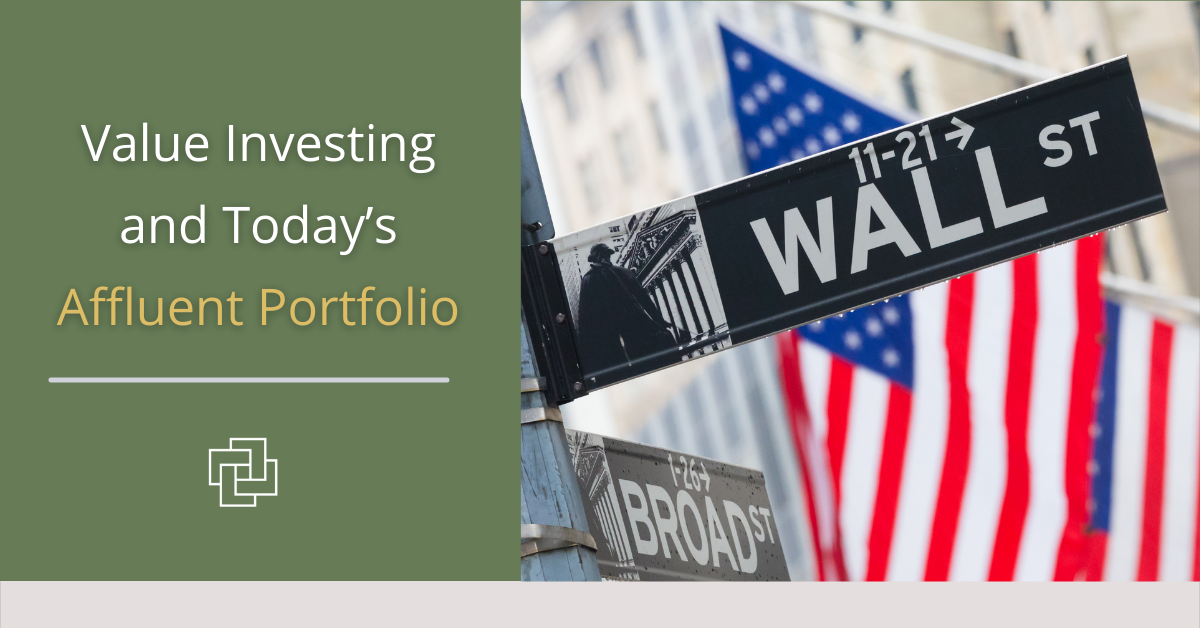
Every consumer likes a good bargain, particularly value investors, who seek out stocks trading for less than their intrinsic value. By choosing companies the market has undervalued, or investing in mutual funds with similar objectives, value investors may realize positive returns. With proper diversification, the prudent use of a value-based investment philosophy may well serve the long-term needs of today’s investor.
In order to explore the concept of value investing, it is first necessary to gain a basic understanding of both growth and value stocks. Investing in growth stocks involves targeting select companies that have historically recorded above-average growth. Generally, it is anticipated the growth in these companies will outperform the stock market, or a particular index, over a certain period of time. Growth stocks typically have price-to-earnings (P/E) ratios that are relatively high when compared to the market as a whole. In addition, a growth stock’s price often increases because of investor demands. Usually, it is expected that, in order to realize a return, a growth stock will not require a long investment time horizon.
On the other hand, investing in value stocks is based on the careful identification and purchase of undervalued issues. A good value stock will have a price that does not accurately reflect its value relative to the current market and will, in turn, eventually increase more than a stock that is already fully priced. In addition, value stocks tend to have low P/E ratios and may require longer investment horizons to reach specific goals.
The pursuit of an investment philosophy geared to either growth stocks or to value stocks requires an in-depth study of stock price and company earnings. In fact, if one of the general axioms of investing is taken to heart, then the average investor might accurately surmise that the higher the P/E ratio, the greater the risk to the investor; while the lower the P/E ratio, the lesser the risk to the investor. Certainly, not all stocks with high P/E ratios have clearly demonstrated a potential for growth. By the same token, stocks with low P/E ratios, although generally considered more conservative than most of their growth counterparts, may also be indicative of poor or stagnant earnings, rather than a good value for the dollar.
Yet, even with these considerations, the greater potential risk appears to reside on the growth end of the investment spectrum simply because higher P/E ratio stocks have a greater potential distance to fall. With this said, the essence of either investment style—that is, selecting growth stocks or value stocks—may be more tied to investment philosophy than actual investment results.
Perhaps the greatest confusion regarding the comparison of growth to value investing is the comparison itself. Growth investors may look at a value stock and solely focus on its historical rate of return or potential for future growth. However, the value investor generally will not consider a growth stock because he or she is more concerned with current dividend income and stability, as well as receiving a respectable rate of return. There is no strange coincidence that these three factors are the foundation of many portfolios, and serve as the essence of investment philosophy.
When a thoughtful value analysis of the stock market is performed for the purpose of creating an individual or mutual fund value-based portfolio, many investors who are new to value investing may be surprised at some of the company names that are considered ideal candidates. Stocks with blue-chip reputations often serve as the backbone of a value-based portfolio and are surrounded by smaller and mid-sized stable performers.
A carefully selected value-based portfolio often provides income and modest returns during bull markets and income and stability during long bear markets. When averaged out over time, a well-diversified value-based portfolio creates the potential for a respectable positive growth trend that can help preserve and expand an investor’s portfolio.
Note: Diversification is a useful technique that can reduce overall portfolio risk and volatility. Diversification neither ensures against a profit nor protects against a loss.
Important Disclosures
The opinions voiced in this material are for general information only and are not intended to provide specific advice or recommendations for any individual security. To determine which investment(s) may be appropriate for you, consult your financial professional prior to investing.
Investing involves risks including possible loss of principal. No investment strategy or risk management technique can guarantee return or eliminate risk in all market environments.
There is no guarantee that a diversified portfolio will enhance overall returns or outperform a non-diversified portfolio. Diversification does not protect against market risk.
The PE ratio (price-to-earnings ratio) is a measure of the price paid for a share relative to the annual net income or profit earned by the firm per share. It is a financial ratio used for valuation: a higher PE ratio means that investors are paying more for each unit of net income, so the stock is more expensive compared to one with lower PE ratio.
This article was prepared by Liberty Publishing, Inc. LPL Tracking #1-05294170